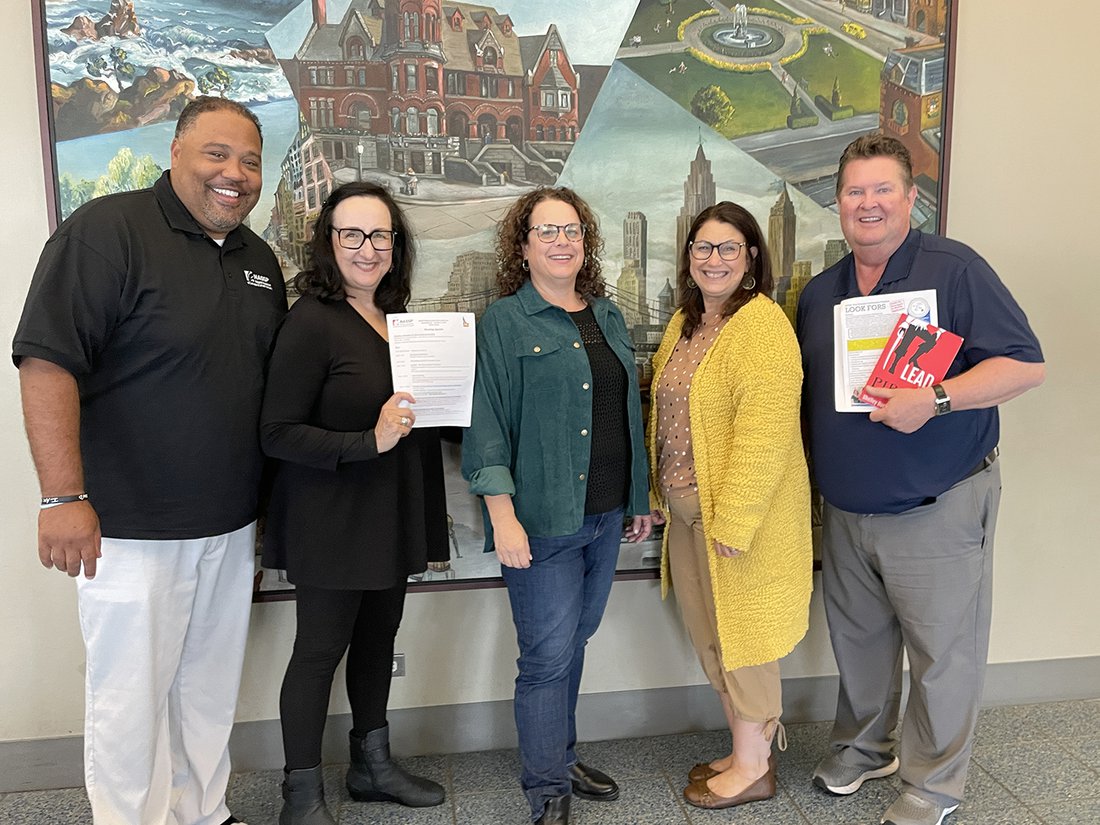
From left, NASSP President Aaron Huff; ACSA Educational Services Executive Mary Gomes; ACSA Middle Grades Education Council President Christine Moore; ACSA NASSP Liaison Terri Daniels; and NASSP Board Member Derrick Lawson.
NASSP Region 7 Fall Conference hosts principal leaders from nine western states
October 16, 2023
ACSA delegates represented California at the National Association of Secondary School Principals Region 7 Fall Conference in Boise, Idaho, from Sept. 30-Oct. 2. ACSA’s Middle Grades and Secondary Education Councils serve together as California’s affiliate to NASSP. NASSP Region 7 member states include Alaska, California, Hawaii, Idaho, Montana, Nevada, Oregon, Utah and Washington. This conference rotates annually and will be hosted in Montana next year.
Under the leadership of longtime conference facilitator and current NASSP Board Member Derrick Lawson (principal, Indio High School, ACSA Region 19), NASSP Region 7 has developed a robust conference model for professional learning and networking. A toolkit is being prepared to be available for other NASSP regions to adapt and personalize. This year, conference themes and state reports focused on:
- Addressing the principal pipeline and building site leader capacity.
- Supporting staff and site leader wellness for retention and renewal.
- Examining equity (fairness and justice for all people) and inclusion (providing equal access to opportunity) and promoting best practices.
- Building the collaboration among and between state affiliate associations and NASSP.
- Incorporating NASSP goals for professional development, service to others, and member-to-member networking that supports and inspires.
Region 7 state affiliate leaders were joined by a leadership team from NASSP including: President Aaron Huff; Chief Executive Officer Ronn Nozoe; and Managing Directors Robyn Hamasaki, Leadership Development; James Taube, Membership; and Tyler Dashner, Growth Strategy.
Engaging with colleagues from surrounding states provided a vital opportunity for rich discussions and networking, and for informing priorities for national advocacy.
ADVERTISEMENT



